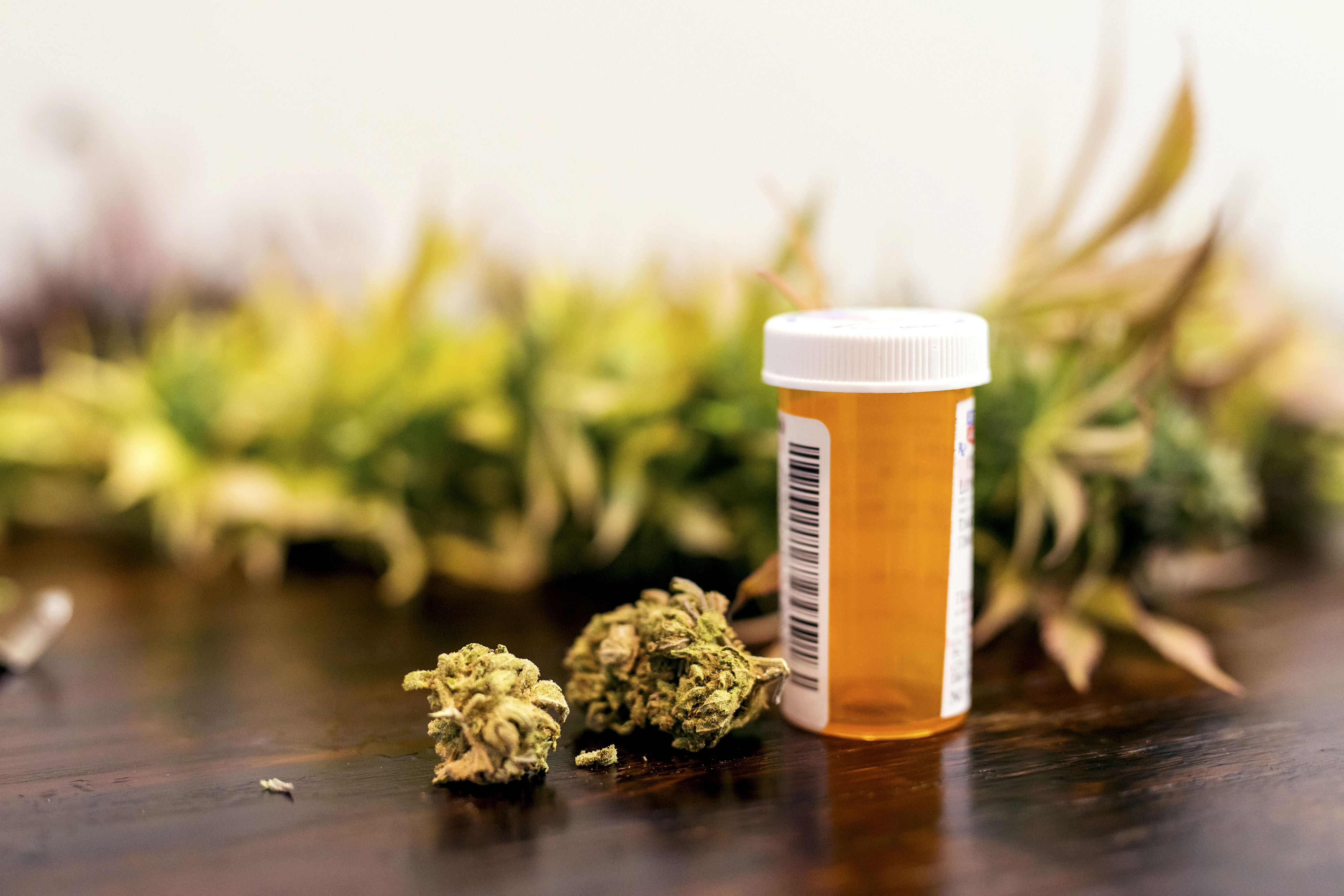States that have legalized marijuana for medical purposes can expect a moderate increase in birth rates, according to a new study by two UConn researchers.
The study, led by UConn’s Michele Baggio and David Simon, both assistant professors of economics, along with Alberto Chong of Georgia State University, found that a birth rate increase corresponded with an increased frequency of sexual intercourse, and decreased purchase and use of condoms.
“As economists, we are very interested in the overall demographic changes in population over time and how those changes eventually affect the growth of the economy and the labor supply,” says Simon. “We are also interested in how health behaviors affect risk-taking or otherwise affect decisions – and how policy can influence both of these.”
The research, published as a working paper “Sex, Drugs, and Baby Booms: Can Behavior Overcome Biology?” concluded that birth rates in states that changed the law experienced an increase of four births for every 10,000 women of childbearing age.
Three sets of data from all 50 states were examined in performing the study – birth certificate dates, retail scanner records, and restricted use survey data from the National Longitudinal Study of Youth. The retail scanner records were used to record the purchase trends of condoms, and the health patterns of both parents and children could be garnered from the National Longitudinal Study of Youth.
In the use of marijuana specifically, it is typically believed that consumption heightens sensory perception, increases relaxation, reduces stress and anxiety. It is reasonable to expect that attitudes and perceptions toward sexual activity may be affected as well, write the authors.
Simon says the researchers couldn’t distinguish between a higher incidence of sex because marijuana use can increase relaxation and a higher incidence of risky sex, where the individuals may have planned to use a condom but didn’t. “For our purpose, we just see people have more sex and more kids,” he says.
The research builds upon earlier literature that shows marijuana use increases after the passage of laws that legalize medical marijuana.
But, it also shows that the impact of medical marijuana use needs to be studied further. Research on the biological effects of marijuana use on fertility has established a negative link between use and fertility. In men, it may be associated with reduced fertility through impairment of semen quality, an increase in ejaculation problems, and reduction in sperm count, for example. In women, the active component in cannabis disrupts the menstrual cycle, suppresses egg production, and impairs embryo implantation and development.
The biological impact “likely tells part of the story only,” write the authors.
“There are sometimes effects that are completely unintended and not expected at all,” says Baggio.
The study compared states that passed medical marijuana laws and those that did not, using data from the time period 2004 to 2011 relating to people in their 20s and 30s.
It’s important that we focused on people in their 20s and 30s, notes Simon, because research has shown that the legalization of medical marijuana in certain states has not influenced marijuana use among teens in those states.
The study, which is part of a working paper series of the National Bureau of Economic Research, was presented at the American Society of Health Economists 2019 conference in Washington, D.C. The paper has also been presented at the Universities of Oregon and New Hampshire.



